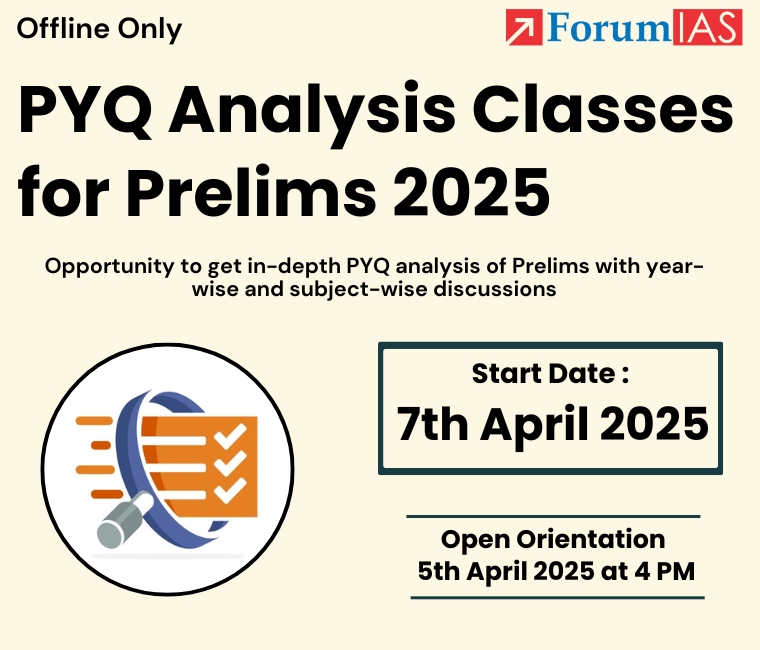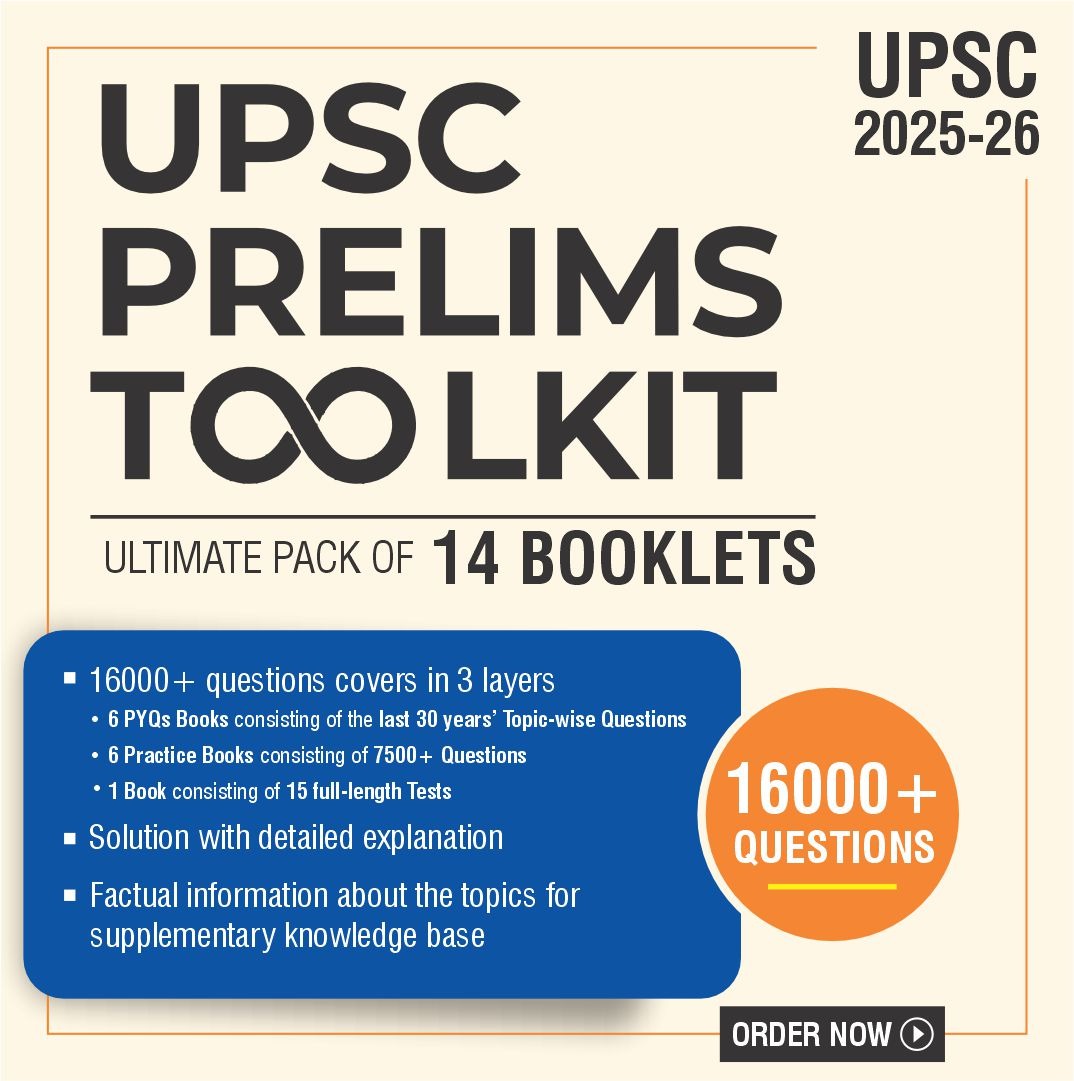Poverty is state of extreme deprivation where people lack basic necessities in life like food, clothes and shelter.
It is often characterized by social exclusion, limited opportunities for individual growth and lack of access to resources and services which are needed for a decent standard of living.
Contents
Poverty:Historical perspective
- India suffered from a number of famines and economic distress during British period which resulted in high levels of poverty.
- The publication of theories like ‘Drain of Wealth‘ made it clear that the British rule is a major causative factor for India’s poverty.
- British made India their source of raw material and a market for their manufactured goods.
- British did not provide an amicable climate for development of industries in India as they had a forced policy of import from England. For Example: Textile industry was deindustrialised and handloom sector was destroyed.
- The imposition of Zamindari System and exploitation of farmers by the Zamindar, British administrators and the money lenders impoverished the farmers
- The salaries of officials and the administrative expenses to maintain the British rule were drawn from the Indian government’s expenses, further draining the finances of British India.
The British rule was a major reason for India’s poverty because they ruled India for more than 200 years at a time when many western countries were on their path for development. For example, America which became independent in 1783 progressed well in its economy and its people became prosperous.
Poverty: Dimensions
India achieved a huge economic growth since 1947 but even in 2023 ~16% of its population is not able to gain prosperity and are left out of the development process.
- Poverty can have two broad categories like absolute poverty and relative poverty.
- Absolute Poverty is a condition in which people do not even get a minimum income needed to maintain their lives. India has high prevailing rates of malnutrition, hunger, homelessness, unemployment and hence its absolute poverty also remains high.
- Relative poverty refers to a comparative perspective where a section of population is relatively deprived compared to another better off section of population.
- This definition is more broader and includes amenities like a well sanitised pucca house, access to education, healthcare, social security benefits, leisure, comfort etc.,
- While poverty is considered as a single dimensional measure, the term Social Exclusion is even more broader and multidimensional.
- It indicates that a section of population is not able to participate effectively in social life. I.e, taking part in activities of society like festivals, getting an employment or indulging in leisure activities.
- Inequality refers to the social and economic divide between the rich and poor. In India the inequality between well off sections of the society and the rest of the population is increasing.
- In India, there is a regional dimension of poverty as some states like Delhi, Punjab, Haryana, Kerala, Tamil Nadu etc., have significantly reduced their poverty whereas states like Uttar Pradesh, Bihar, Madhya Pradesh, West Bengal etc., have a higher proportion of poor people.
- At another level there is rural-urban disparity as generally the urban areas have less poverty indices than compared to rural areas because of the availability of jobs in manufacturing, service sector etc.
- Even informal employment that pays a meagre wage is mostly concentrated in urban areas, also the agricultural sector is not much profitable in rural areas due to crop failures, fragmentation of land holdings etc.As a result there is widespread rural- urban migration for search of better jobs and livelihood.
Poverty: Causes
Poverty: Committees
YK Alagh Committee:
- In the initial decades after Independence poverty was measured in terms of income levels of individuals. Alagh Committee is the first to come up with an official poverty line.
- It recommended a poverty line based on calorie intake. It considered people who consume less than 2100 calorie in Urban areas as poor whereas in rural areas it is 2400 calories.
- The difference is justified by the fact that rural people do more physical work than their urban counterparts.
- This committee had a drawback because health and education was assumed to be provided by State Governments.
Lakdawala Committee:
- The formula given by this committee included the calorific limits of Alagh committee and it also included health and education components.
- It considered the total amount of money needed per person in a house to meet his calorie intake.
- This method was reported to have methodological errors as it showed the poverty line as double compared to previous estimates.
Tendulkar Committee:
- It suggested a shift away from calorie based model and focused on nutritional outcomes and included health, education, transport and electricity.
- It is based on spending per individual over a fixed period for an essential basket of goods Ie., cost of living. India presently follows this method for estimation of poverty.
- It set Rs 27 for rural areas and Rs 33 in urban areas for consumer spending as the reference limit and based on this they estimated that 21.5% of the Indian population as poor.
- This estimation involved criticism from various quarters as it seemed to be very low and thus Rangarajan committee was constituted.
Rangarajan committee on poverty:
- It has taken monthly consumption expenditure per person or per household as a tool for calculating poverty lines.
- Based on this 972 INR (Rs 32 per day) in rural areas and 1407 INR (Rs 47 per day) in urban areas is calculated based on 2011 to 2012 prices.
- According to this estimate, poverty in India stood at 29.5% in 2011-12 which is significantly higher than the Tendulkar model.
- The group went for separate rural and urban poverty lines as there is huge complexity associated with them.
- There are two components in this method- Food component and Non-food component.
- In the food component the group has been criticised for going back to calorie norms but the new poverty line not only includes calorie component but also proteins and fats.
- The non-food component remains an important part of a decent living which includes education, clothing, conveyance, house rent and behaviour related expenditure.
- The report also talks about relative poverty and defines the poverty line in terms of median or average consumption expenditure.
- Limitations of Rangarajan Committee:
- Poverty is not same as that of hunger which is even worse.
- It also does not aim for a comfortable standard of living.
- It only represents an absolute minimum.
- This measure cannot be suited to various welfare programs that will have to take into account the particular kind of deprivation.
Other Benchmarks:
Human Development Index (HDI):
- It is released by United Nations Development Program. It ranks countries based on Life Expectancy, Education and Per Capita Income.
- Though not a core measure of poverty, it has become an important for measuring the social and economic well being of people living in any country.
- India ranked 132 among 191 countries in 2022. India belongs to the category of medium development.
- UNDP also releases a Gender Inequality index which takes into account the loss of development due to Gender Inequality. In India women are more affected by poverty which contributes to feminization of poverty.
Global Hunger Index (GHI):
- It is a tool to measure the prevalence of hunger. The International Food Policy Research Institute (IFPRI) along with Welthungerhilfe (a German Non Profit Organization) publishes this report.
- In 2022 GHI Report, India was ranked 107 out of 121 countries. It is estimated using four components such as wasted and stunted children under the age of five, Infant Mortality Rate and the proportion of Undernourished population.
Suggested readings:







